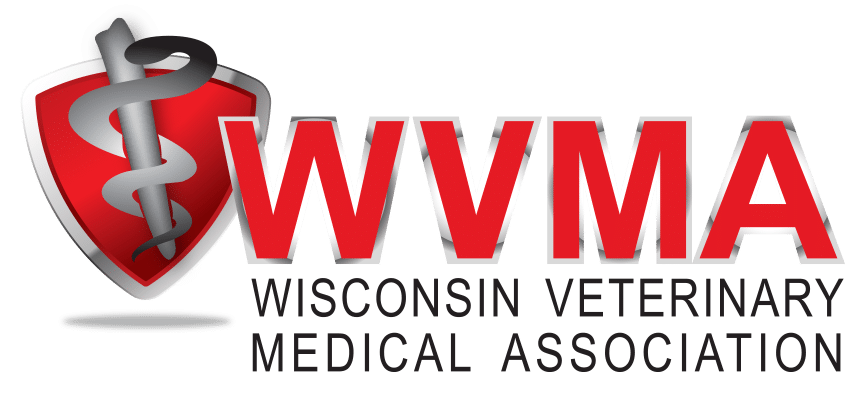By DeAnna Theiss, DVM, MPH
Born and raised in Wisconsin, Dr. Theiss completed her bachelor of science degree at the University of Wisconsin-Stevens Point. After moving to Colorado and working as a veterinary nurse for over 10 years, she returned to Wisconsin to complete her goal of becoming a veterinarian while maintaining a wide-lensed view of One Health. Dr. Theiss is currently completing a one-year rotating internship in the hopes of obtaining a residency in anesthesia and analgesia. Following is a reflection of her capstone project:
The flies buzzed around the blood-crusted tarsal joint where it lay attached yet bent at 90 degrees against the concrete floor. The heifer lay sternally, grinding her teeth in pain, as her family offered fresh picked grass trying to get her to eat. In their attempt to treat her, the family brought me a bottle of what they said were antibiotics. When my translator asked where they obtained the medication, the family stated they were from the medicine shack, just down the dirt road.
This encounter during my second year of veterinary school represented the first seed of questions that took root in my mind, wondering how and why antimicrobials are used so indiscriminately, and what we can do to promote appropriate usage. Going from a dairy farm in Odisha, India, to my home state of Wisconsin was not that far of a stretch; mastitis, dry cow therapy, and pneumonia do not pay attention to geographical borders. Once I returned to Wisconsin, I turned to the One Health paradigm to find answers. The UW offers a unique program that allows a combined, DVM and Master of Public Health (MPH) degree. The pinnacle of the MPH program is completing a capstone project of your choosing. The capstone is a project utilizing your knowledge gained during your public health studies and typically encompasses the length of the program. Given the incorporation of One Health within the veterinary program, I chose this format to explore antimicrobial usage.
One Health is summarized by different organizations (AVMA, CDC, WHO, etc.) as the integrative effort of multiple disciplines working locally, nationally, and globally to attain optimal health for people, animals, and the environment. Using the One Health framework in regard to antimicrobial usage (AMU) and antimicrobial resistance (AMR), fingers cannot be pointed to human or animal health alone, rather it is a burden all must bear. In general, health practitioners for any species have few antibiotic choices available, since the development of new antibiotics is not profitable for pharmaceutical companies compared to the development of other medications. Furthermore, antimicrobials are available from other sources than those with the federal rights to prescribe them, and when obtained, they may be used incorrectly. Consistent benchmarking of the use and improvements with AMU and AMR locally, statewide, federally and globally are inconsistent and not standardized. For those with prescribing responsibility, the extrinsic factor of combatting against industry and/or social norms can be a very influential prognostic indicator.
Looking to future interventions and improvements, studies have shown that continuing education in the form of peer group discussions for veterinarians, producers and farm workers is effective in changing intrinsic and extrinsic factors, such as those described above. Providing grants to those involved encourages participation and facilitates conversation on how to improve communication. Small steps in changing AMU can lead to big changes in our shared fight against AMR, and One Health needs to embrace it.
